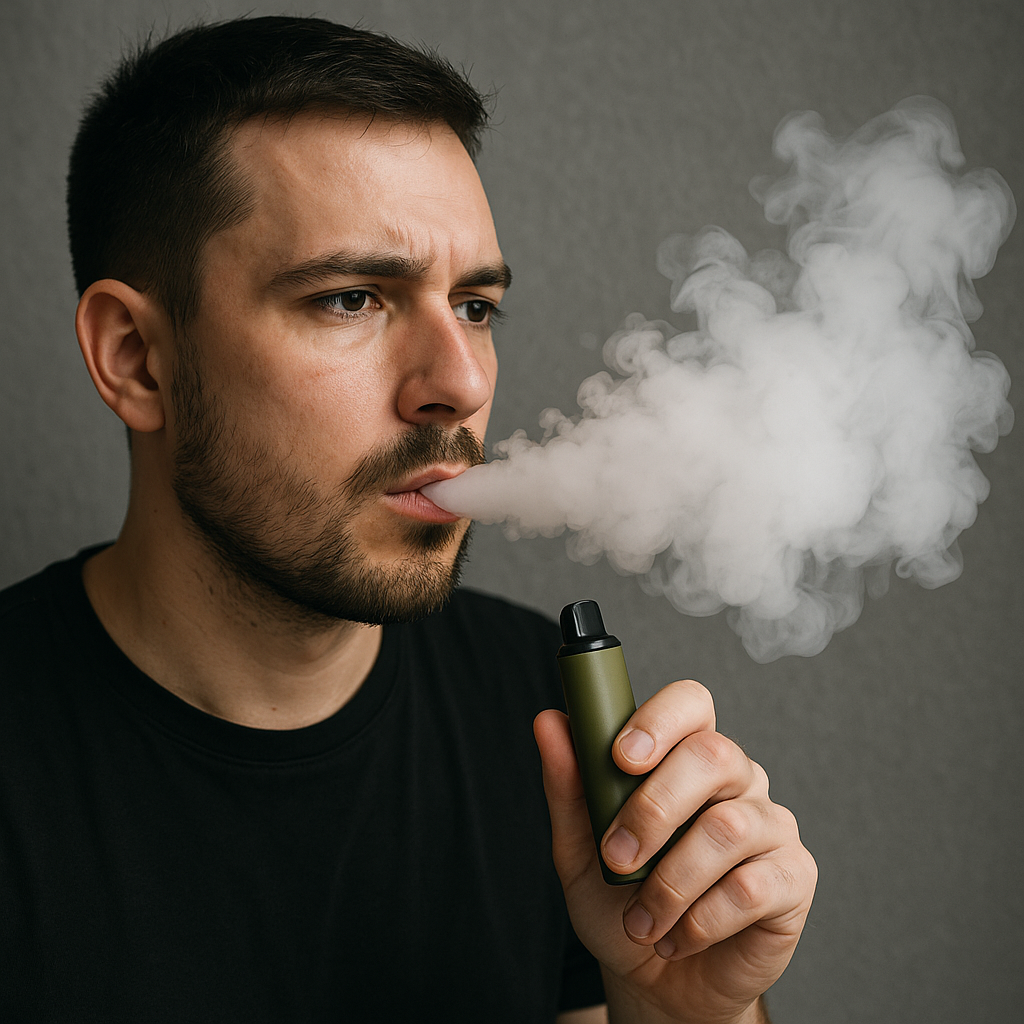Vaping: Must-Have Guide – Is Vaping Safer Than Smoking
What vaping actually is may surprise you, but this friendly guide clears up the basics. It explains how devices heat e-liquids into vapor, how vaping compares to smoking, and practical steps to reduce risk.
Is Vaping Safer Than Smoking
It’s more than a trend—it’s increasingly seen as a harm-reduction tool for adults who smoke and are seeking alternatives. This article aims to offer a clear, balanced overview: what vaping is, how it compares to traditional smoking, and practical steps to reduce risk while staying informed.
What vaping actually is and how it works
Vaping involves inhaling vapor produced by an electronic device that heats a liquid (often called e-liquid or vape juice). The liquid typically contains propylene glycol, vegetable glycerin, nicotine (in varying strengths or none at all), and flavorings. When the device is activated, a coil heats the liquid, turning it into a mist that you inhale. Devices range from simple cig-a-likes to more advanced box mods with adjustable settings. The variety can be overwhelming, but most adult users start with either a simple pod system or a basic pen-style device, gradually learning about voltage, resistance, and airflow as they seek a personalized experience.
Who should consider vaping as an option
The most straightforward evidence suggests vaping is far less harmful to health than smoking tobacco cigarettes for adults who would otherwise continue to smoke. However, vaping is not risk-free, and there are legitimate concerns about long-term effects, especially for non-smokers, youth, and pregnant people. If your goal is nicotine cessation or reduction, vaping can be a tool among others, such as behavioral support, but it’s important to approach it with a plan and medical guidance when appropriate.
Key safety considerations for vapers
– Device safety: Battery-related incidents, though rare, can occur. Use reputable devices, follow manufacturer guidelines, and avoid damaged batteries. Never charge incompatible devices with inappropriate chargers, and regularly inspect for wear or swelling.
– E-liquid quality: Buy from reputable brands that disclose ingredients and nicotine strength. Avoid homemade mixes from unknown sources, which can introduce contaminants or inconsistent nicotine delivery.
– Nicotine awareness: Nicotine is addictive and can affect heart rate and blood pressure. If you’re pregnant, trying to become pregnant, or managing certain medical conditions, you should discuss vaping with a healthcare professional.
– Childproofing and pet safety: Keep devices, liquids, and extra bottles out of reach of children and pets. Nicotine-containing liquids can be dangerous if ingested.
Vaping vs. smoking: what changes for the body
Switching from smoking to vaping tends to reduce exposure to many harmful combustion products found in tobacco smoke, such as tar and many carcinogens. That said, vaping still delivers nicotine and additives that can irritate airways or contribute to dependence. The relative risk reduction is meaningful for many adult smokers who successfully transition, but it’s not a free pass to ignore potential health effects or to start vaping without a purpose.
Choosing a safer setup: practical steps
– Start with reputable devices: Pod systems and simple vape pens are easier to use and often have fewer failure points compared to highly customized setups.
– Favor established e-liquids: Look for transparent labeling, third-party testing, and known ingredients. Avoid “mystery” flavors or unverified sources.
– Nicotine strength matters: If you’re a smoker replacing cigarettes, a moderate nicotine level (e.g., 6–12 mg/mL, depending on your previous usage) can help you transition. If you don’t smoke, avoid nicotine entirely to reduce addiction risk.
– Regular maintenance: Clean tanks, replace coils as recommended, and store liquids at proper temperatures to avoid degraded flavor and potential irritants.
Common myths and facts about vaping
– Myth: Vaping is just as harmful as smoking. Fact: For many adults who would otherwise smoke, vaping exposes users to far fewer harmful chemicals. However, it is not risk-free, especially for non-smokers and youth.
– Myth: All flavors are safe. Fact: Flavors can contain a range of chemicals; reputable manufacturers disclose ingredients and avoid certain harmful additives. Always review ingredient lists and avoid unregulated products.
– Myth: You can quit nicotine instantly with vaping. Fact: Some people reduce or quit nicotine gradually through vaping, while others may switch to nicotine-free liquids. Individual paths vary.
If you’re considering vaping as a safer alternative
– Set a clear goal: Is your aim to reduce harm, cut down, or quit nicotine altogether? A plan helps measure progress and stay aligned with health goals.
– Seek support: Behavioral counseling, NHS or equivalent public health resources, and healthcare providers can offer guidance tailored to your situation.
– Be mindful of youth access and social norms: If you’re a parent or caregiver, create conversations around why vaping is not appropriate for non-smokers and emphasize the importance of avoiding nicotine exposure for developing brains.
The broader landscape and future trends
Regulation around vaping varies by country and region, affecting product accessibility, labeling, and consumer protections. Ongoing research is expanding our understanding of long-term health effects, device safety, and the efficacy of vaping as a cessation aid. Staying informed through reputable sources—government health agencies, medical journals, and consumer safety reviews—helps users make evidence-based decisions.
A balanced conclusion
Vaping: Must-Have, Best Guide to Safer Than Smoking serves as a practical reference for adults who are seeking to understand how vaping fits into harm reduction. It emphasizes informed choices, safety-first habits, and the importance of consulting healthcare professionals when needed. If you’re contemplating vaping as part of a broader strategy to quit smoking or reduce nicotine intake, approach it with care, a clear plan, and a commitment to ongoing education.







